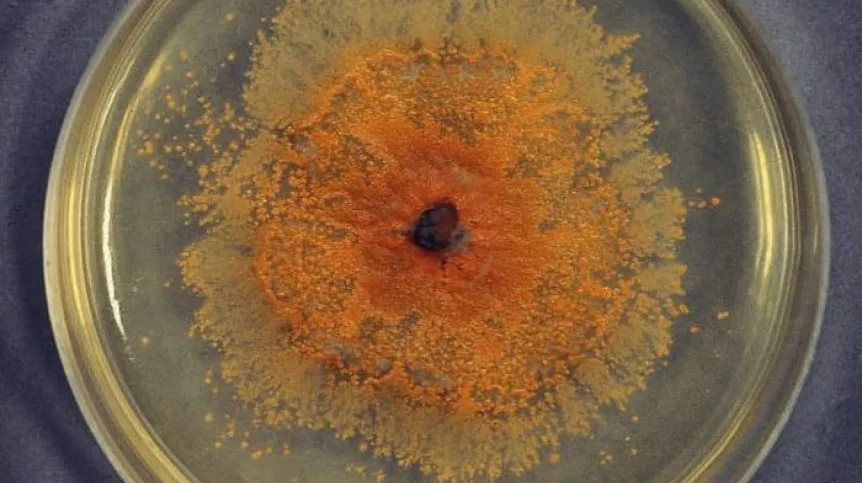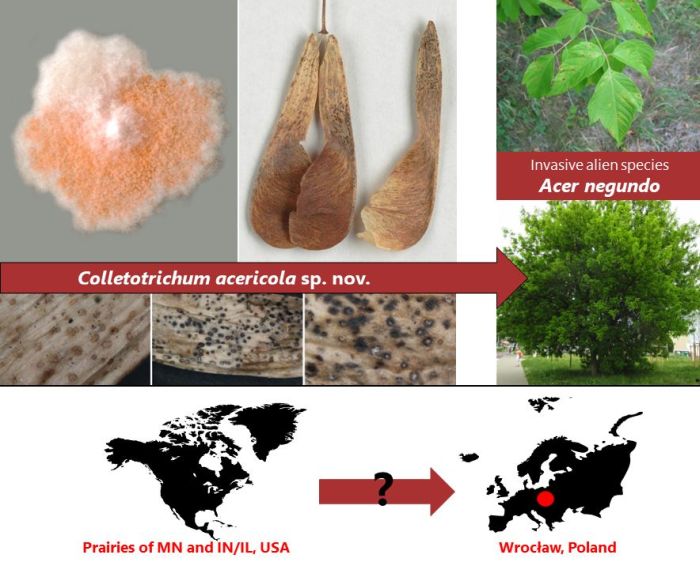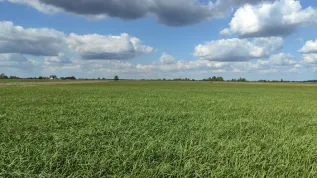
A new species of fungus - Colletotrichum acericola - has been discovered in the capital of Lower Silesia by Dr. Katarzyna Patejuk from the Department of Phytopathology and Mycology of the Wrocław University of Environmental and Life Sciences.
Dr. Patejuk found a new species of fungus during research for her doctorate on the seeds of ash-leaved maples growing on Krakowska and Bytomska Streets in Wrocław. The new species was described in cooperation with the Polish Academy of Sciences - the W. Szafer Institute of Botany, the Institute of Nature Conservation, and the Bydgoszcz University of Technology.
Dr. Patejuk points out that the new species of fungus 'stands out' genetically among its closest relatives - the Colletotrichum agaves complex. She explains that Colletotrichum fungi are generally known as endophytes, i.e. species that live inside plant tissues without harming them, and as economically important plant pathogens, causing anthracnose.
‘The 'Wroclaw' fungus was found on a foreign and invasive tree species of - ash-leaved maple, which threatens the local environment, because it displaces native species,’ she says.

'Genetic studies of Colletotrichum acericola showed that ITS sequences identical to our species were isolated in the USA: the prairies of Minnesota, Illinois and Indiana. This may mean that the fungus originated in North America and probably arrived in Europe on its host - a maple,’ she adds.
Dr. Patejuk says that the discovery of the fungus is of great importance from the point of view of nature conservation. 'Firstly, the pathogen of the ash-leaved maple can weaken its invasiveness and expansion, and that is good news, but it can also pose a potential phytosanitary threat to our local, native species - the sycamore and the Norway maple.
‘This is called a spillover, where a newly arrived pathogen can jump to local native species, but because they are not used to this pathogen, it has a much stronger and worse impact on them compared to the invasive plant with which it has shared years of co-evolution,’ Patejuk says.
As an example of such a phenomenon, she points to the squirrel poxvirus carried by the grey squirrel, which has caused the decline of the native red squirrel, as the virus is decimating its population.

‘We are currently conducting research to quickly detect this threat and protect our native maple trees. The results are promising. This is important because although Colletotrichum acericola was discovered in Wrocław, it is probably much more widespread,’ Patejuk says.
PAP - Science in Poland, Piotr Doczekalski
pdo/ zan/ kap/
tr. RL












